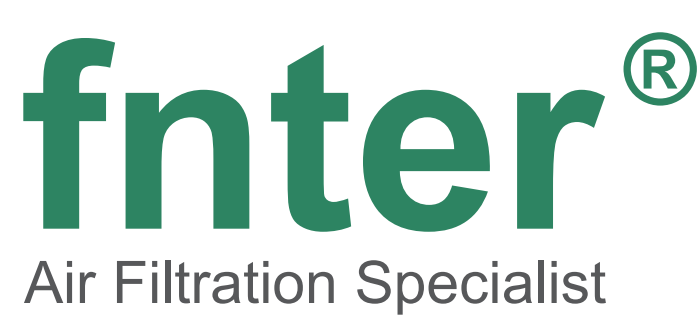In recent years, with the accelerated development of society, the rapid expansion of cities and the high concentration of population, urban highway tunnel has gradually become an effective scheme to alleviate traffic pressure. As a relatively closed artificial space, the tunnel has the problems of noise and vibration, difficult internal and external air exchange, easy accumulation of pollutants and low visibility. There are many kinds of air pollutants in the tunnel, mainly including particulate pollutants, gaseous pollutants (CO, NOx, so 33, HC, etc.) and gaseous secondary pollutants (o ₃, etc.). Relevant studies show that particles can cause chromosome aberration of blood lymphocytes; Nitrogen oxides can damage vision and respiratory system, lead to acid rain and lead to luminescent chemical smoke; The high concentration of CO and NOx in the tunnel can easily lead to the decline of drivers' physiological response ability, confusion, mental relaxation and even drowsiness through the synergistic effect, increasing the risk of traffic accidents. The existence of these pollutants has become a great health hazard to passengers in the tunnel and residents near the air shaft outlet. A large number of highway tunnel construction makes us face a very serious problem of tunnel air pollution. It is urgent to control the air pollution in the tunnel.
Big cities take the construction of underground fast track (urban tunnel) as an important means to solve urban road congestion. In terms of ventilation, one of the common problems is how to solve the contradiction between tunnel exhaust emission, atmospheric environmental impact and surrounding regional planning.
The common method to solve tunnel air pollution at home and abroad is to purify the mixed pollutants in the tunnel in the discharge process to meet the discharge standard.
The difficulties of tunnel air pollution control are: first, although the composition of pollutants is similar to that of automobile exhaust, the temperature of automobile exhaust during driving is as high as 200 ℃ ~ 300 ℃, and the pollutants are easy to catalyze and purify. However, the exhaust gas in the tunnel is at room temperature, so many existing exhaust gas treatment technologies cannot be used; Second, the treatment air volume is large and the wind speed is high; Third, the concentration of pollutants is low; Fourth, the pollutant concentration will change with the change of traffic flow, and the working condition is unstable, which brings challenges to the research of tunnel pollution control technology. Many tunnels have achieved good results in electrostatic dust removal, but the pollution problems of CO, no and thc have not been effectively solved.

